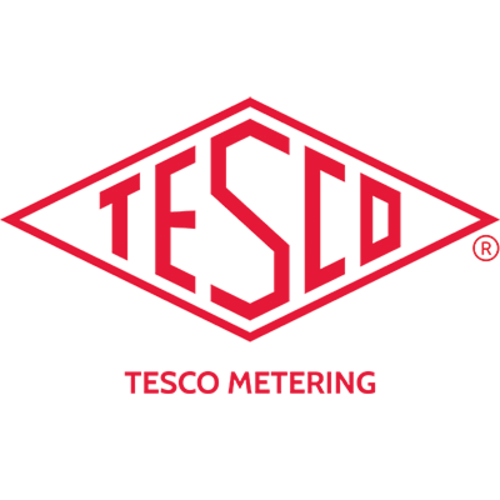Could a digital picture frame be the key to delivering the promise of the smart meter for residential customers?
CEIVA Energy, which calls itself "the new voice of the smart meter," thinks so. The home energy management system provider is working with a growing number of utilities to get their customers to pay attention to their electric use and take steps to cut it by giving them easy-to-understand information in an appealing package, according to CEO Dean Schiller.
CEIVA Energy was founded two years ago and is part of CEIVA Logic, which sells digital picture frames. Schiller and five CEIVA Energy employees used to work for Disney helping make movies.
The group jumped into the energy space when they saw utilities struggling to reach their customers after installing millions of smart meters. “We're about that final mile,” Schiller said. “We're about connecting that information [from the smart meter] to the consumer.”
CEIVA Energy's digital picture frame connects to the Internet and provides a rotating selection of the homeowner's photos. Through utility efficiency programs, the frame – sitting in kitchens, on tables and shelves – is a Trojan horse, providing information about electric use and daily utility messages mixed in with the rotating picture selection.
“We are really different from everyone else because we have the consumers' attention,” Schiller said.
The daily messages from the utility offer a chance to connect with customers about efficiency, conservation or other issues. A utility's message, for example, could let homeowners know that cooking outdoors in the summer saves on air conditioning costs.
The frame connects to a homeowner's smart meter, thermostat and load control switches. As the photos in the frame rotate through a slideshow, a slide showing real-time power use pops up every 90 seconds.
“We're completely automatic,” Schiller said. “The consumer doesn't have to do anything. Quickly people begin to learn [about their electric use.]”
Homeowners can see, in real time, what happens to their consumption when the air conditioner turns on or another appliance shuts off.
At the same time, utilities can use CEIVA enterprise software to trigger demand response events, analyze data and manage the home area network in their customers' homes, Schiller said. The CEIVA system reads the smart meter every eight seconds, providing a trove of data for the utility. This side of CEIVA's business is focused on providing residential demand response at scale.
If a utility triggers a demand response event in a home, information about what happened will appear on the homeowner's CEIVA frame in eight seconds, Schiller said.
But do the utility and CEIVA partnerships work? Glendale Water & Power, a municipal utility in California, found that about 83% of its customers that had CEIVA Energy frames in their homes changed their electric use without being asked.
“It's completely predictable,” Schiller said, pointing to the results of similar studies in the U.S. and Europe. “Consumers change their behavior simply because ... they're now aware of the impact.”
Besides Glendale, CEIVA is working with Burbank Water & Power, National Grid, San Diego Gas & Electric plus four other undisclosed utilities, according to Schiller. The company expects to announce three more utility partnerships within a few months and a fourth later in the year.
CEIVA Energy and Itron, the smart meter company, have a partnership that includes jointly developing technology. Schiller declined to say how much CEIVA's smart meter-enabled frames cost or exactly how many are being used.
“It's ramping very, very rapidly,” Schiller said. “The whole space is becoming more mature, more developed.”
CEIVA Energy is trying to move beyond early adopters – the geeks who know about kWh and love looking at charts. “Utilities have a much broader mandate,” Schiller said. “Our target isn't just tech-forward people, it's everybody.”













